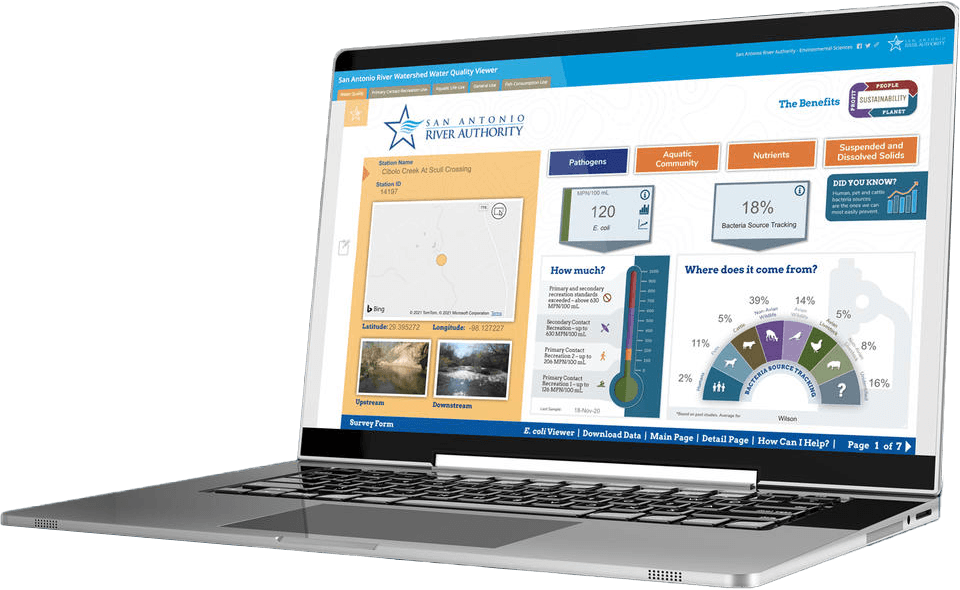There are many ways to determine the health of a river. The scientists at the River Authority are experts in understanding and caring for the San Antonio River as well as its creeks and tributaries. Learn how our Water Quality Scientists, Aquatic Biologists, Stormwater Scientists and Environmental Investigators are monitoring and improving river health every day.
The San Antonio River Authority and its scientists perform water quality monitoring, biological and habitat assessments throughout the San Antonio River Basin to keep tabs on the condition of this important ecoregion.
San Antonio River Watershed Water Quality Viewer
Learn More About River Health
What Makes a River Unhealthy?
You might be asking yourself, what human activities degrade our river’s health and why are those threats important? Well, thank you for asking, and you’ve come to the right place to find out!
Threats to the San Antonio River
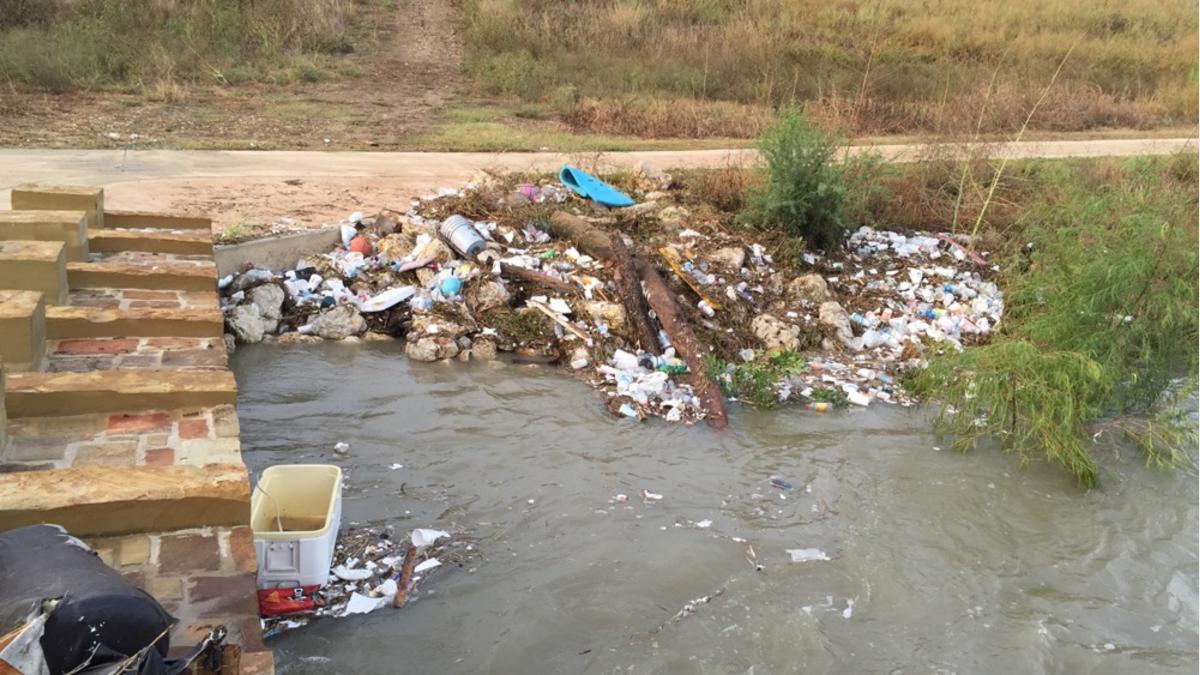
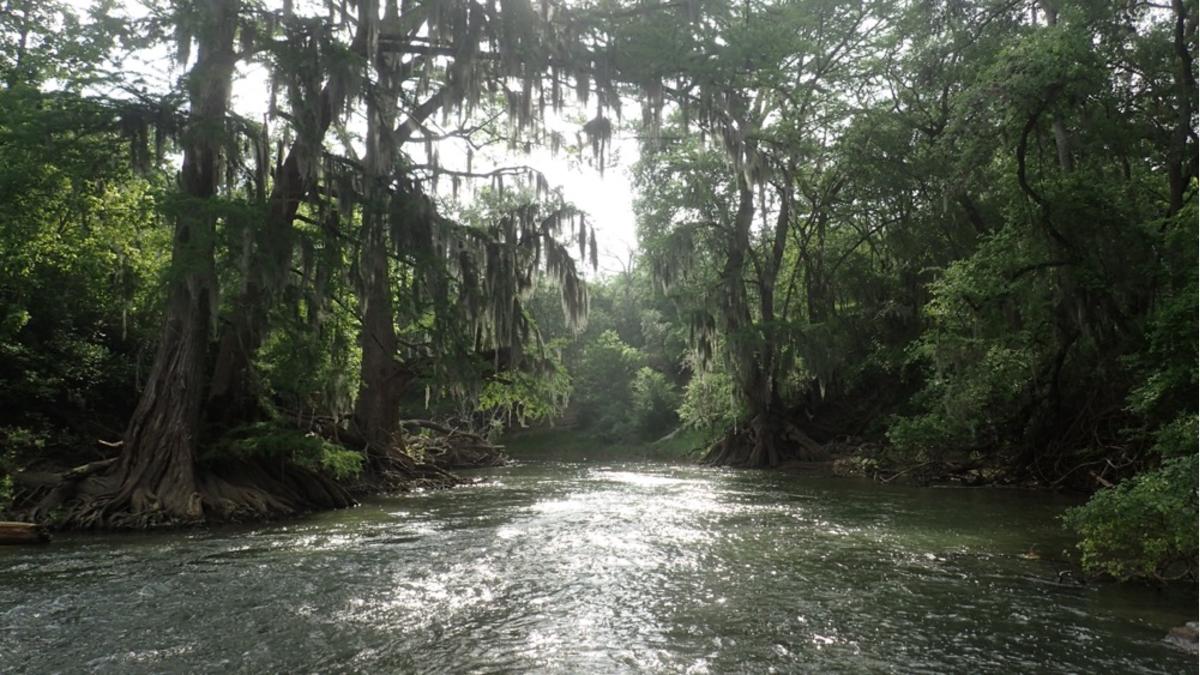
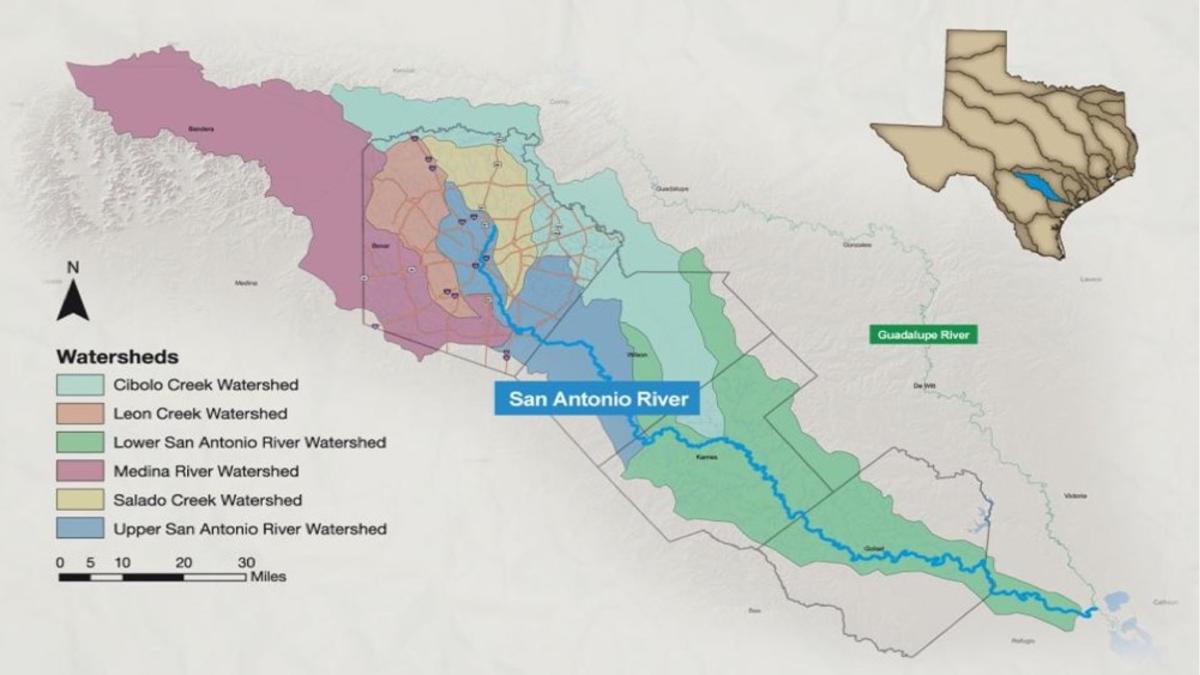
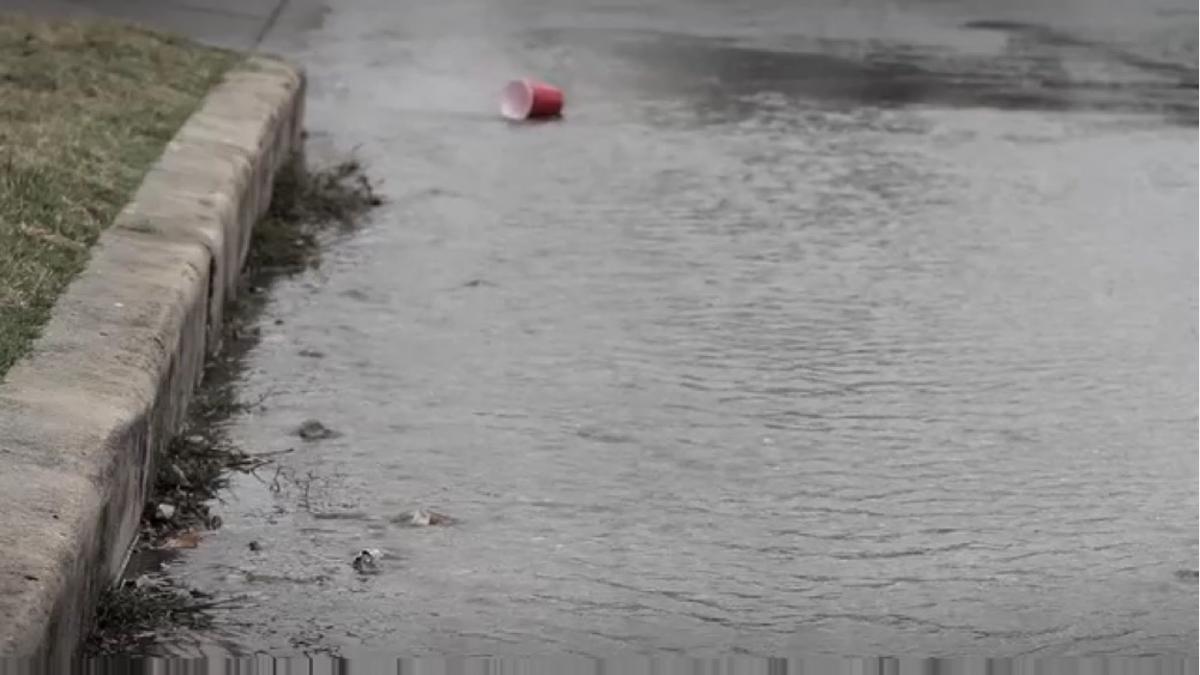
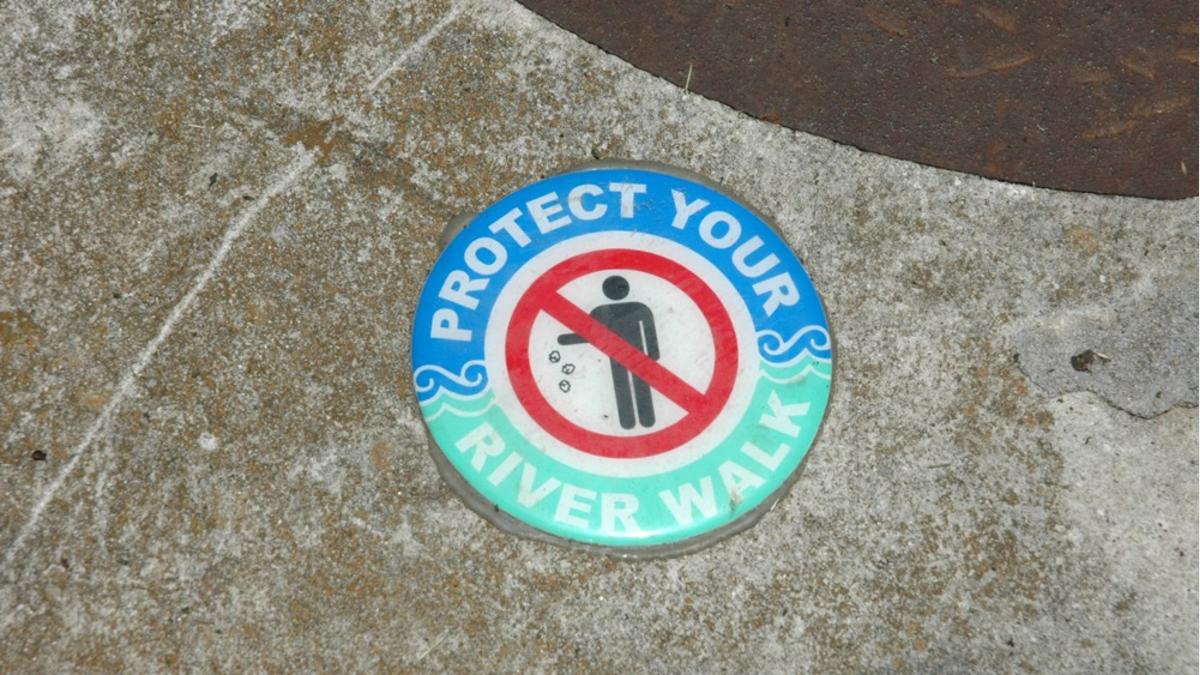
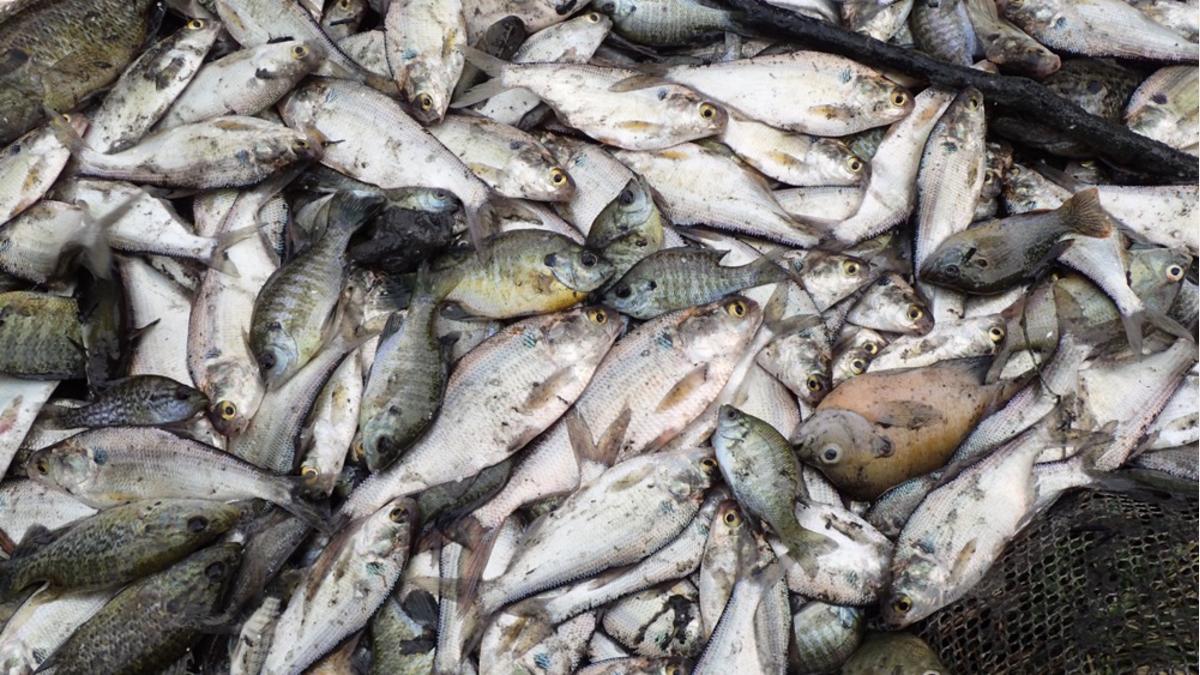
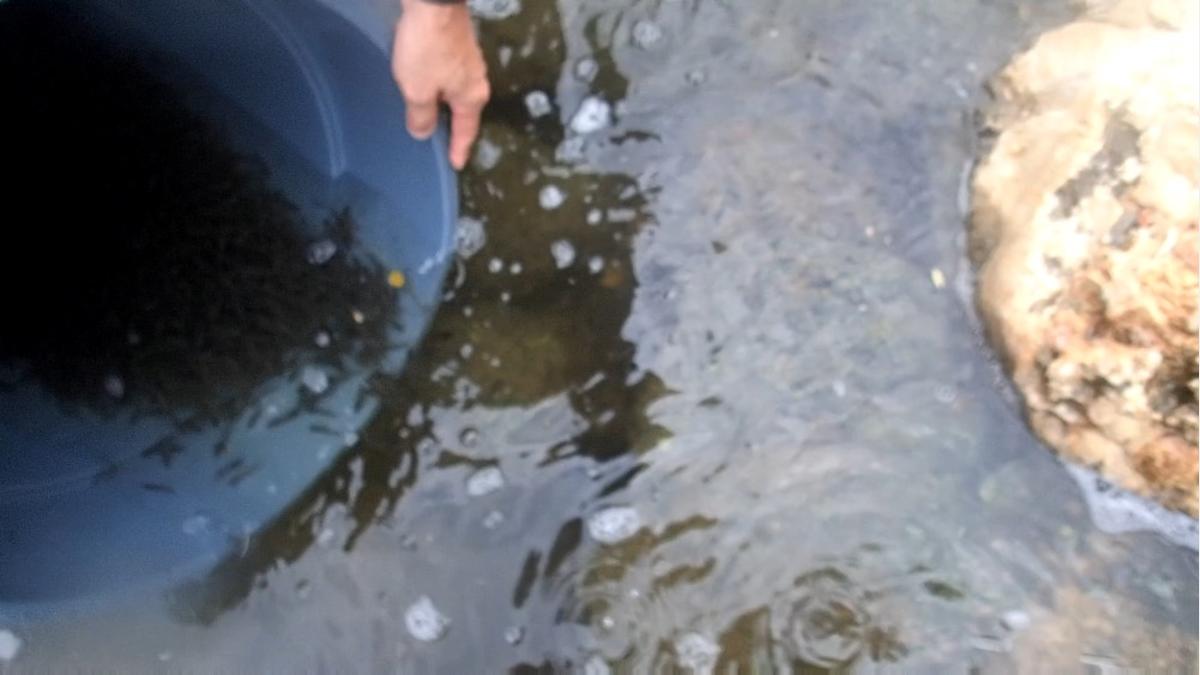
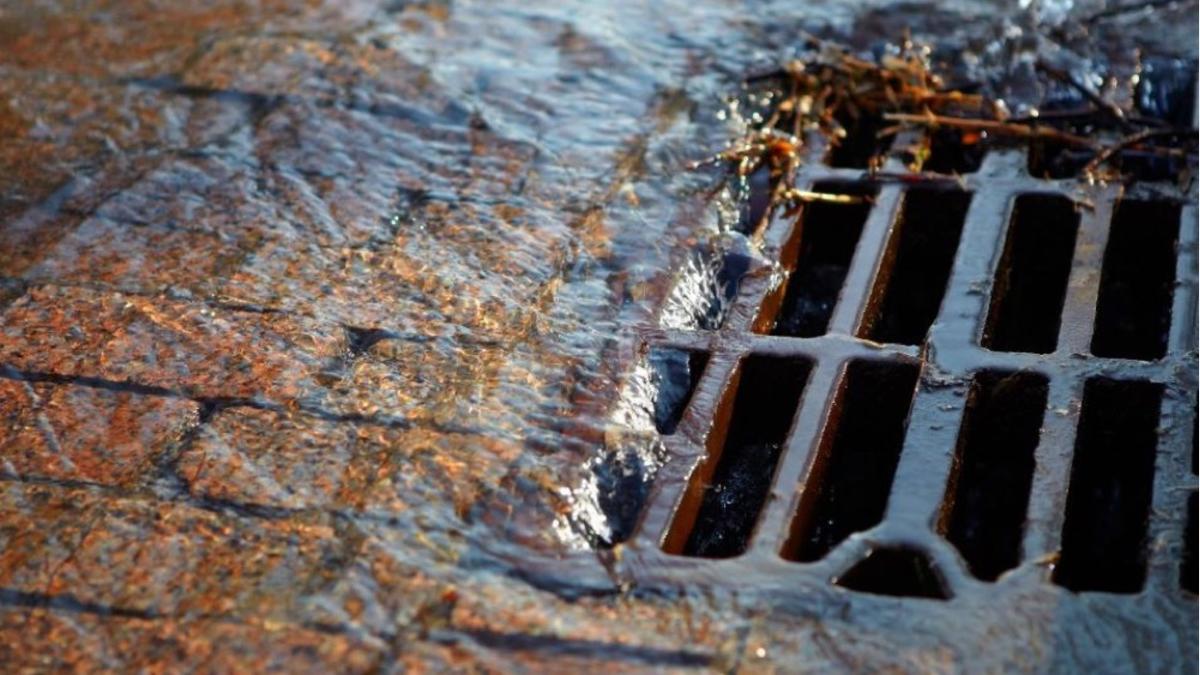
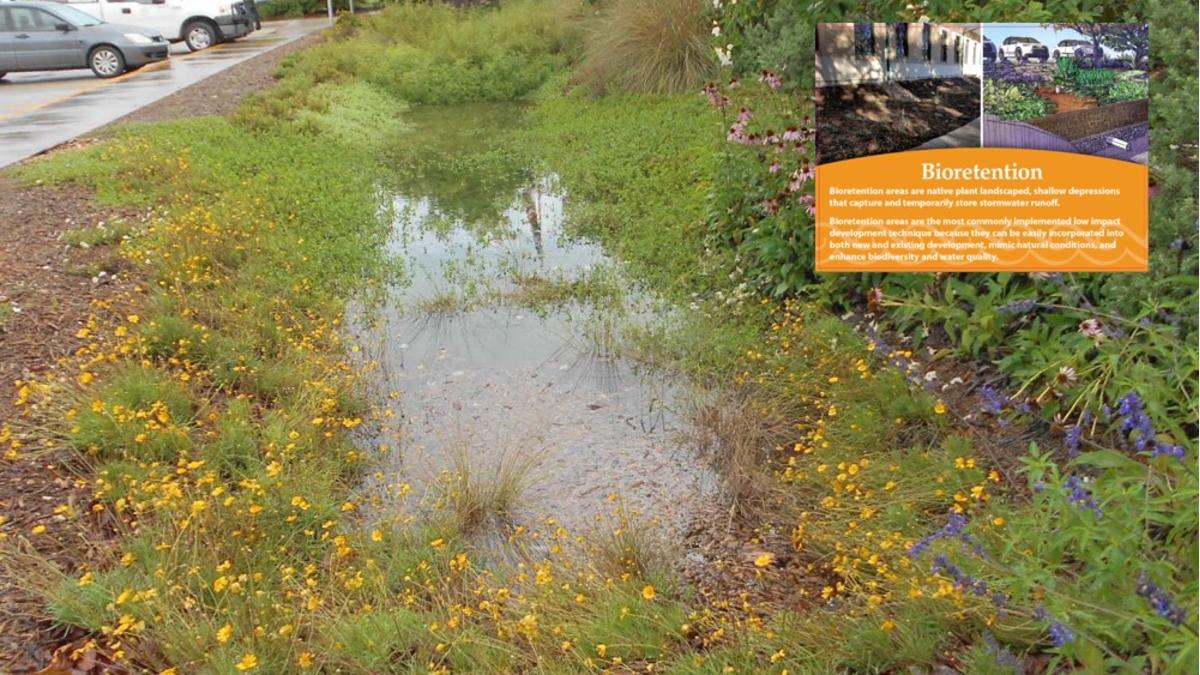
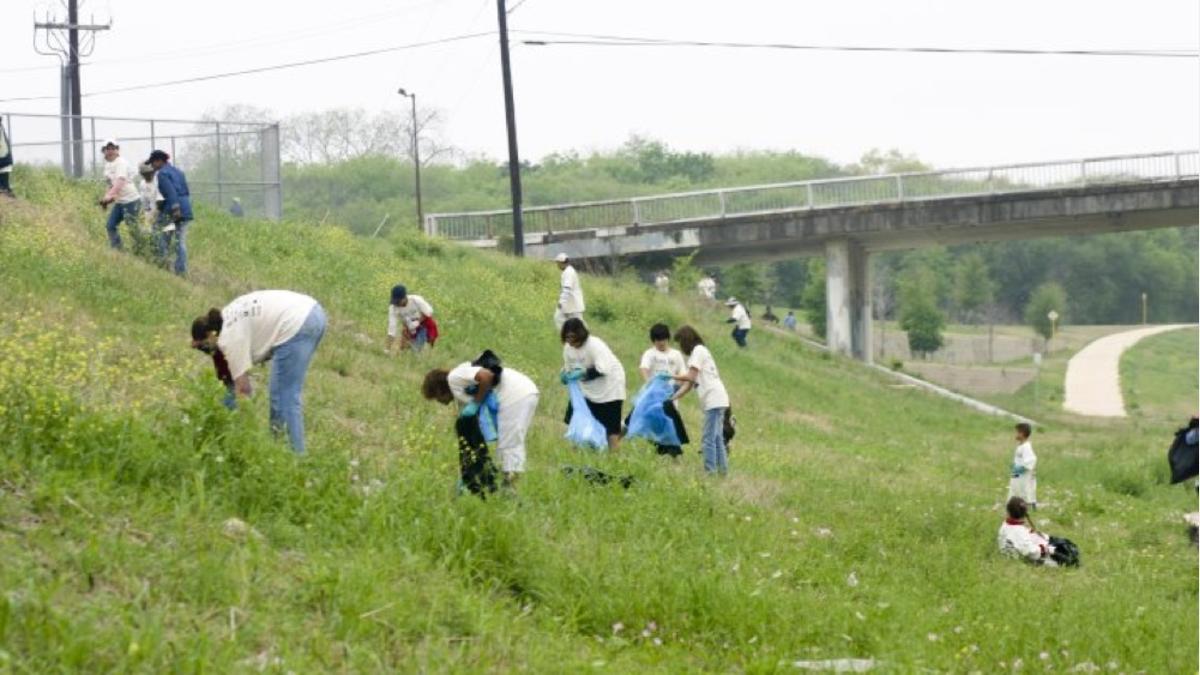
Is the San Antonio River Healthy?
Aquatic Biologists and Stormwater Scientists at the San Antonio River Authority collect surface water, stormwater, and sediment samples from the San Antonio River Basin. These samples are submitted to the River Authority Environmental Laboratory where scientists generate water quality data by conducting a variety of chemical, physical, and biological tests. Data is then compiled, analyzed, and summarized in reports using graphs, charts, and maps. The analytical reports are used to identify water quality impairments and concerns, assist in making decisions to promote basin-wide cooperative planning and communicate the health of our creeks and rivers.
Clean Rivers Program
The San Antonio River Authority’s Clean Rivers Program is the result of the Texas Legislature passing the Texas Clean Rivers Act [Senate Bill 818] in 1991.
River Authority Water Quality Viewer
Our Water Quality Viewer displays the monitoring efforts for the San Antonio River Authority Texas Commission on Environmental Quality (TCEQ) Clean Rivers Program and summarizes how the water quality in the San Antonio River Basin compares to the Texas Surface Water Quality Standards (TSWQS) using the latest TCEQ Integrated Report assessment.
River Authority Bacteria Dashboard
The River Authority tracks the bacteria Escherichia coli (E. coli) throughout the San Antonio River Watershed, and created our Bacteria Dashboard to display multiple visualizations of the most current monitoring station information.
San Antonio River Basin Water Summary Reports
Learn more about the health of the San Antonio River in our River Basin Summary Reports.
How Can You Help Improve The Health Of The River?
You can make a difference! Your everyday actions – even ones that seem small – can have either a positive or negative effect on the watershed. Scroll down to learn more about what you can do to make the San Antonio River safe, clean and enjoyable.
Improving the Health of Our Watershed
Recycling, picking up after your pet, composting, picking up litter, reducing single-use disposables, and applying fertilizer at appropriate times are all good examples of small actions that can improve the health of our watershed. In doing so, you are helping your community to ensure healthy creeks and rivers that support aquatic life, other wildlife, recreation opportunities, and a sound, sustainable ecosystem for present and future generations to enjoy.
Green Infrastructure Rebate Program
This program rebates construction of on-site stormwater best management practices (BMPs) to either new construction or a retrofit of existing property. The rebate program is available in Bexar, Wilson, Karnes, and Goliad counties.
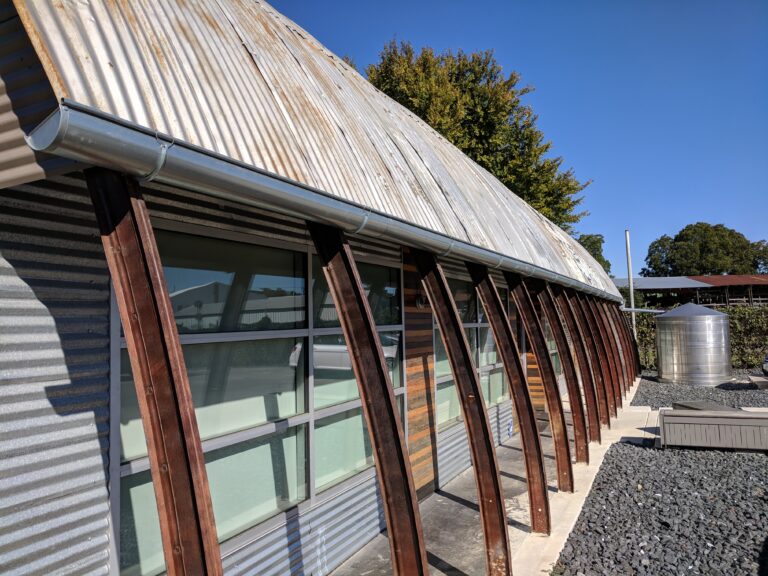
San Antonio River Authority School Grant
The San Antonio River Authority School Grant provides funds to build stormwater runoff capture features on a school grounds within Bexar, Wilson, Karnes, and Goliad counties. The goal of this program is to create awareness of the negative impacts from stormwater runoff on our creeks and rivers, as well as to reduce stormwater runoff on the school site. The purpose of this grant is to educate the public about campus drainage issues including nonpoint source pollution, localized flooding and erosion, and how to address these issues utilizing low impact development features.
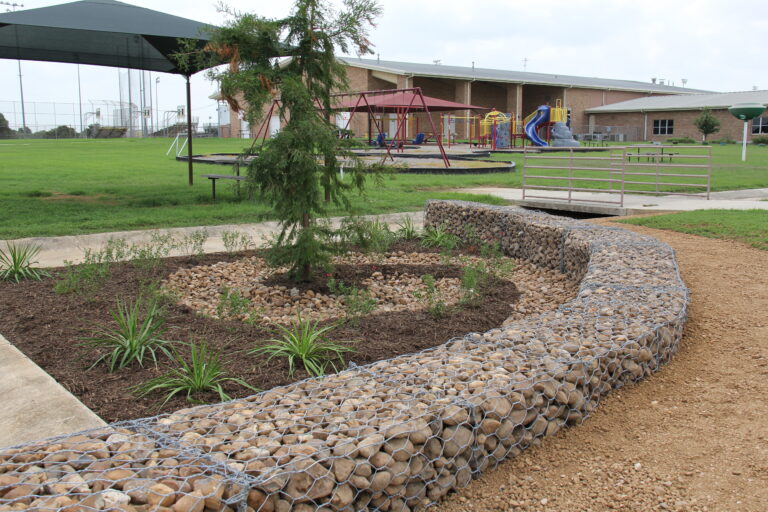
Residential Rain Garden Club
A rain garden can help beautify your yard and help protect the environment. Think of the garden as a shallow bowl, about 6 to 9 inches deep, that captures rainwater from your roof, sidewalks and driveway. The rain garden allows you to slow down the flow of stormwater entering our waterways, to soak up some pollutants and filter the runoff that would otherwise end up in a storm drain, and ultimately in our creeks and rivers.
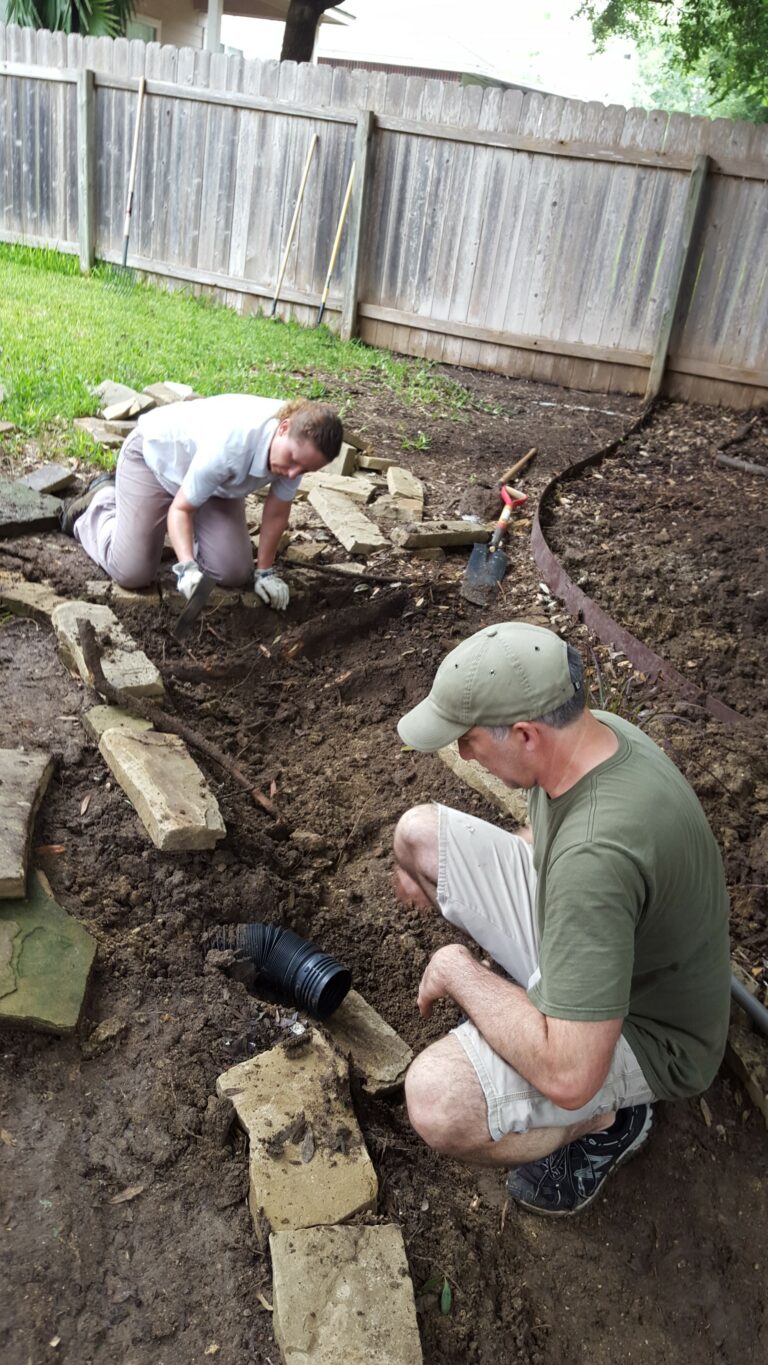
Low Impact Development Training
The San Antonio River Authority and Bexar County recently launched a training program for the construction inspection and maintenance of Low Impact Development (LID) permanent stormwater Best Management Practices (BMPs). LID is a design approach modeled after nature to manage stormwater runoff in a manner that mimics natural hydrologic processes, providing benefits for water quality and mitigating negative impacts of stormwater runoff on downstream resources including streams and rivers.
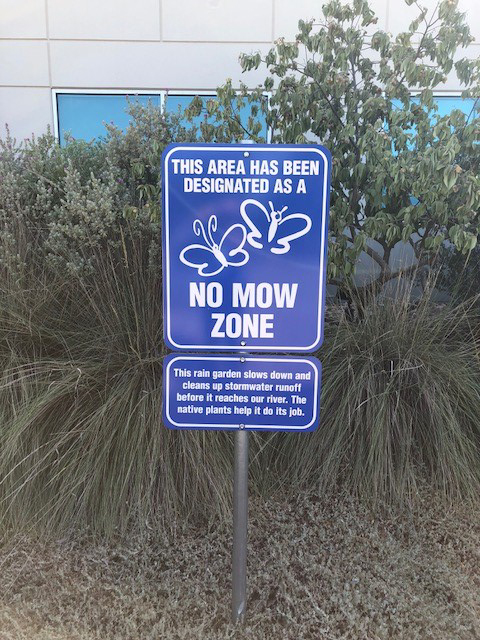
Other Helpful Tips to Protect the Environment
Reduce or eliminate single-use plastics such as straws, water bottles, cups, utensils by using reusable or refillable products.
Choose eco-friendly products when you can. Many sunscreens and bug sprays can harm water resources.

